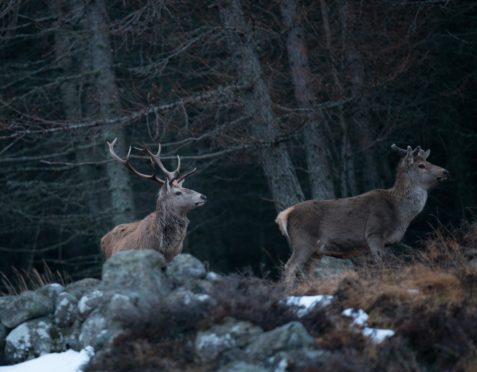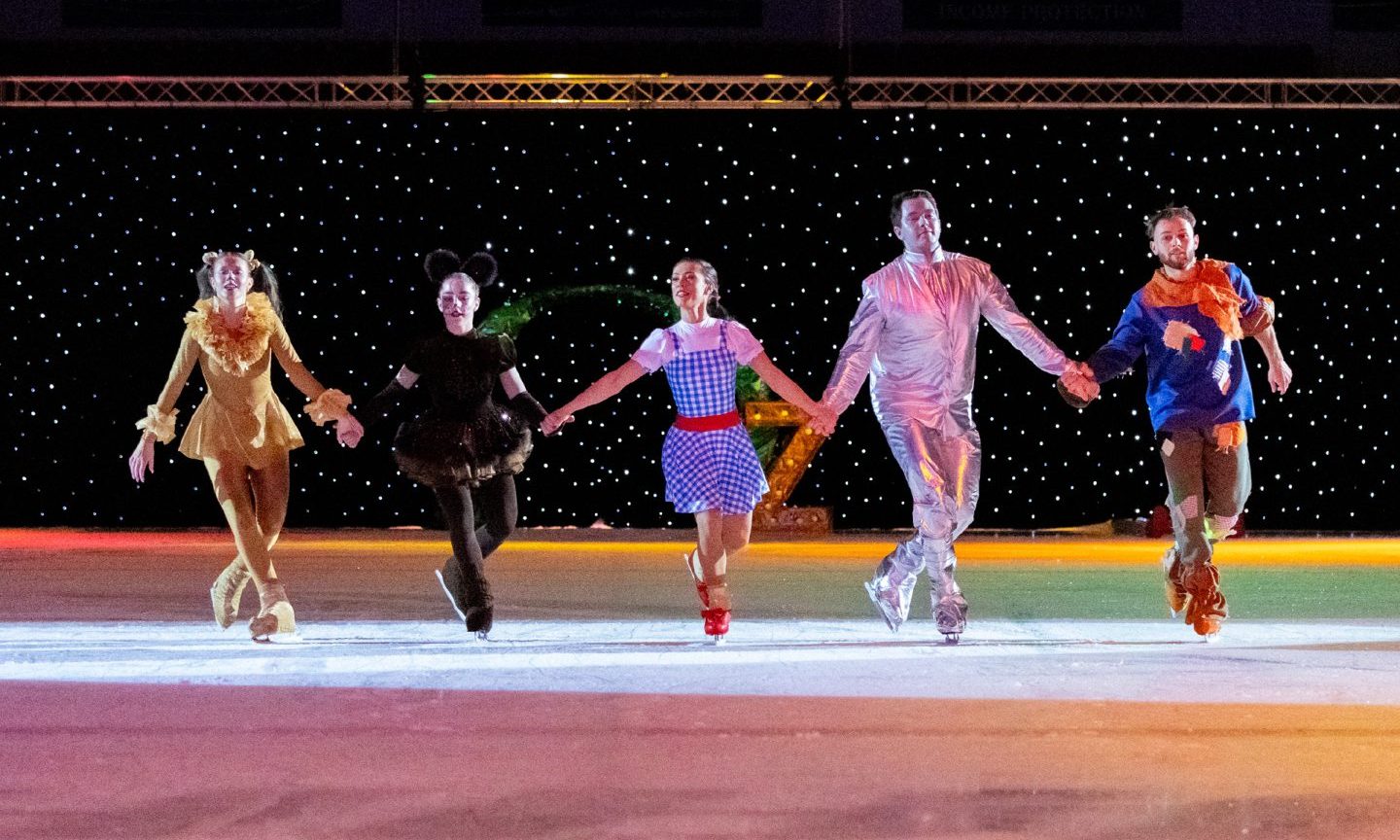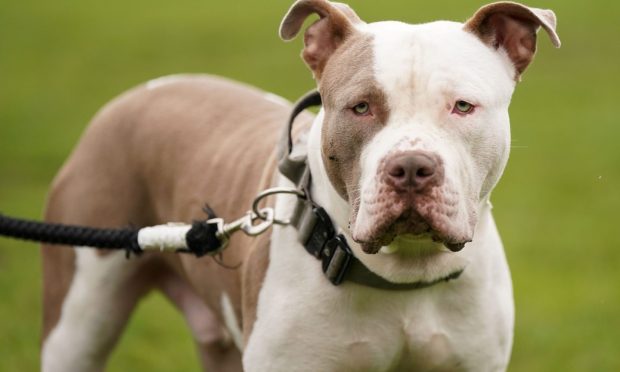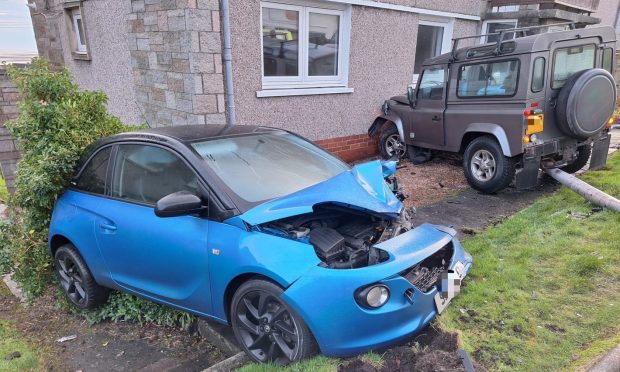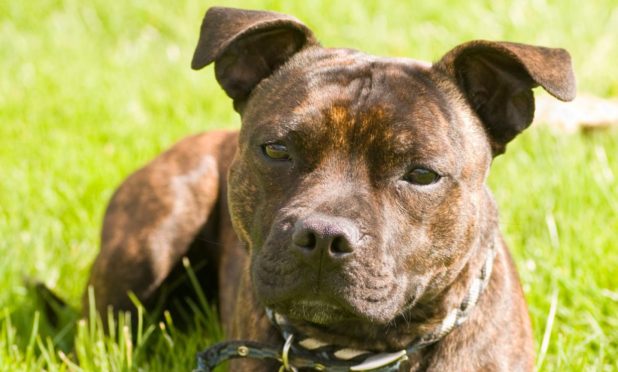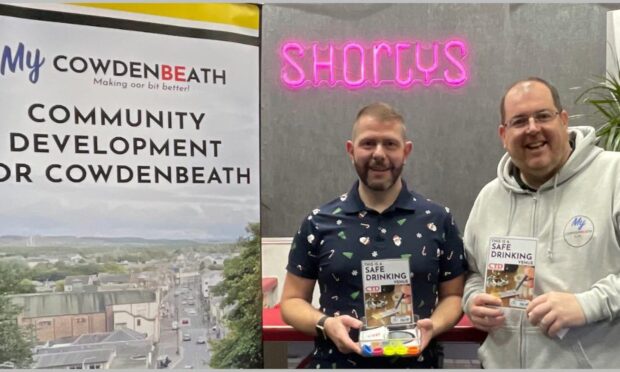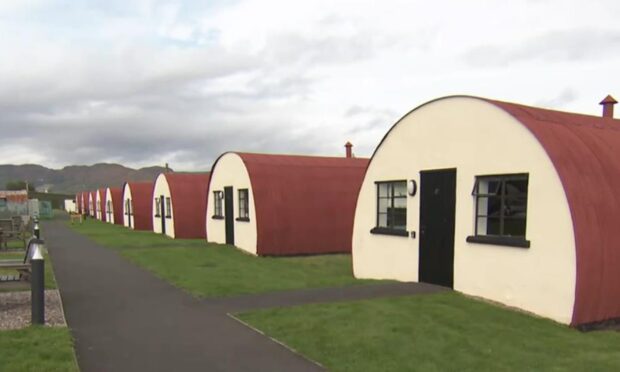Doubts have been cast over night shooting as a method of controlling deer numbers on Scotland’s hills.
Authorities are considering legalising the use of powerful thermal imaging and night vision equipment for shooting the animals, who experts say are changing their habits because of more human traffic in their natural environment.
The equipment is presently used as a tool to spot and count deer at night, with the animal’s body showing up as a heat source.
Shooting deer at night is illegal in Scotland unless authorised by Scottish Natural Heritage (SNH) and banned in countries including Germany, Swede and Denmark.
The Scottish Gamekeepers Association (SGA) said applications to SNH to control deer at night to protect forestry have risen by more than 300% in the last decade, as public agencies such as Forestry and Land Scotland move from fencing as a management solution.
Coupled with recreational disturbance, the SGA fear it is causing deer to move into lowland areas, where mounting damage and vehicle collisions are occurring.
They also fear poachers could be harder to detect with the technology in their hands.
“There are a number of positive uses for this equipment currently in spotting and counting deer, but what we ask is that professional deer managers are consulted on how the technology is to be used in future as a tool to shoot deer,” said SGA vice-chairman, Peter Fraser.
“There is a wider picture. Deer feed in the morning and rest up during the day.
“However, due to more people using the hills, they can be on the move in daylight and they are also getting targeted now at night time to protect forestry.
“They are constantly harassed, which causes them to disperse and also impacts on body health.
“Whilst the technology has merits, it could further legitimatise night shooting in Scotland and we will move further away from managing deer in daylight and in season which is better for welfare, safety, quality venison and is more selective and humane than just killing any deer.
“We need to be asking why we have got to a place where night shooting of an iconic species in Scotland has become more of a first resort, yet it is illegal in many European countries.”
Studies on roe deer in Denmark showed that, even where deer were not targeted at night, day time disturbance caused the deer to miss out on feeding for almost 90 minutes after being disturbed by recreational activity.
It was concluded that several disturbances per day could affect physical fitness and reproductive potential.
Similar multi-party research is now underway in Glen Lyon, involving red deer.
Stalker Lea MacNally said: “Better forest design and strategic fencing would eliminate many of the problems some feel are driving a need for the technology and, in the hands of poachers, it could make detection and conviction almost impossible.”
